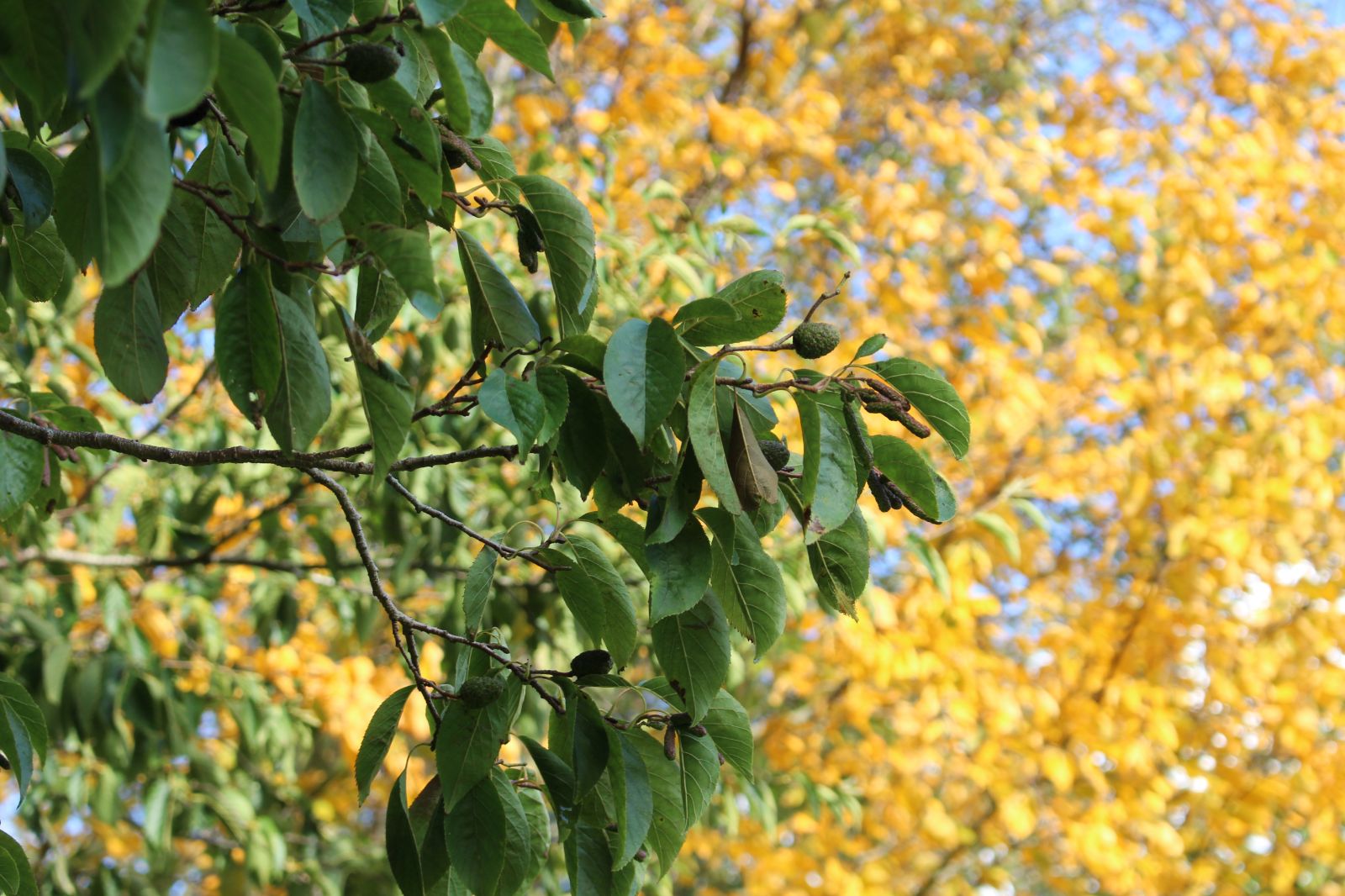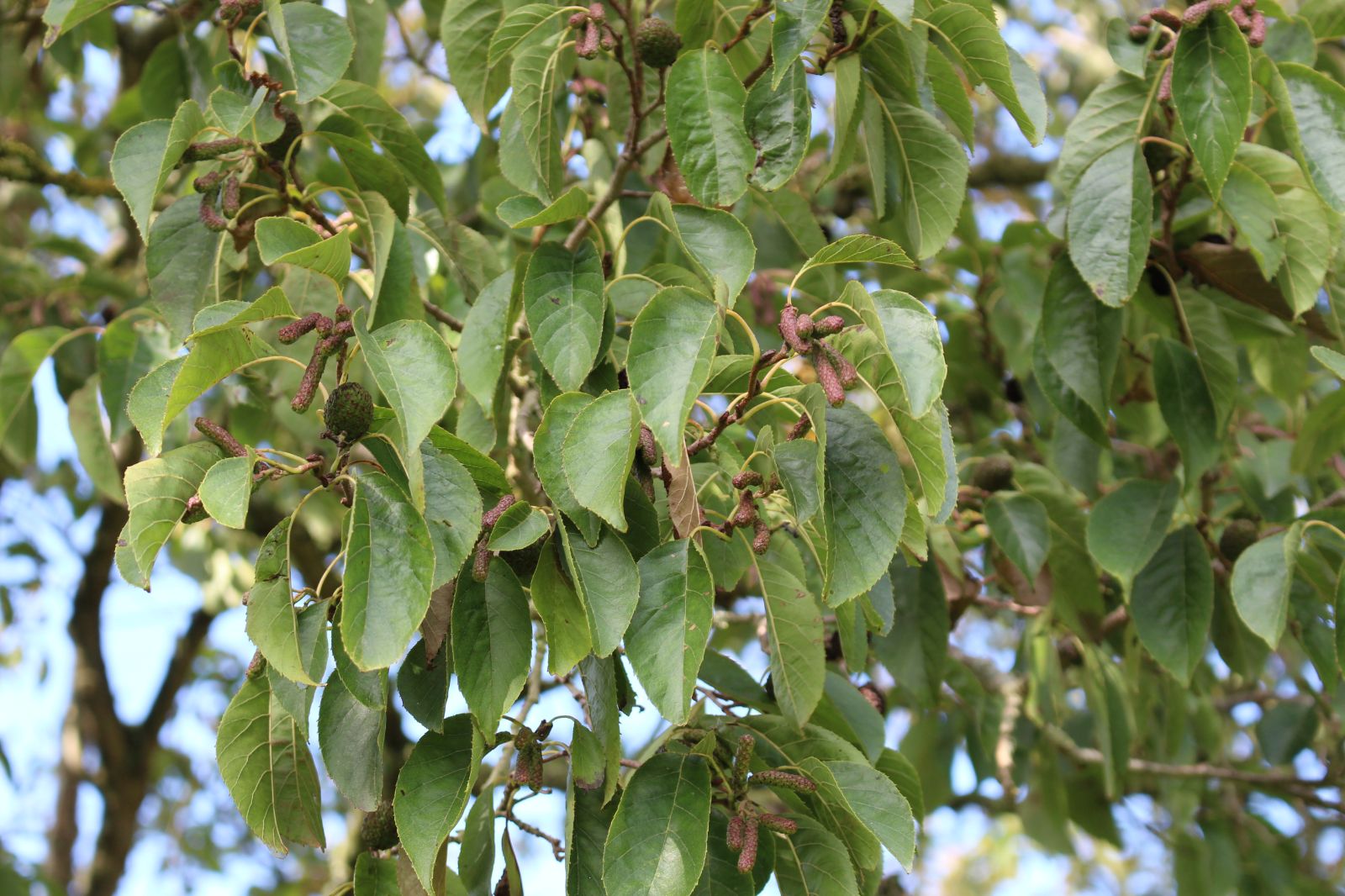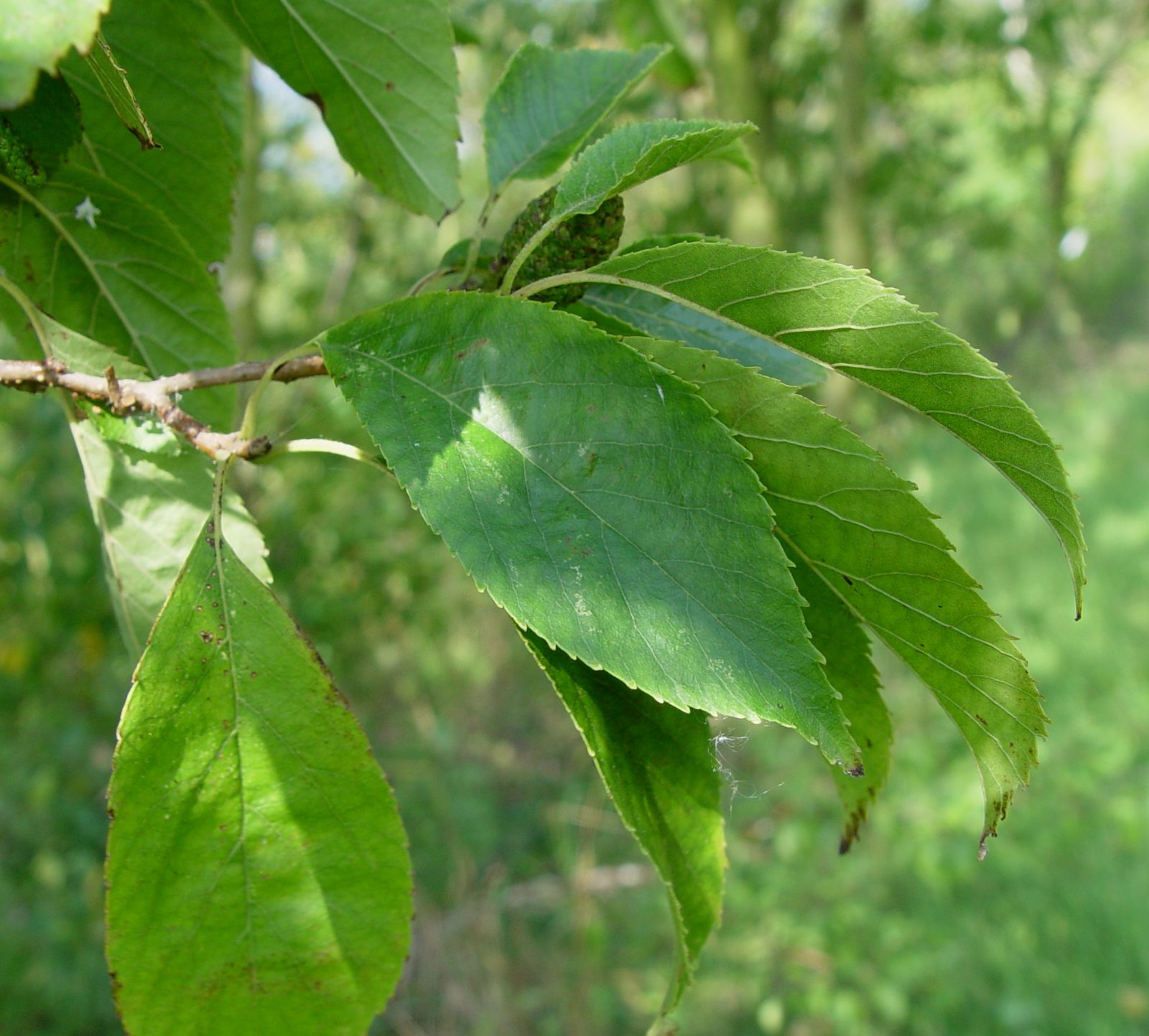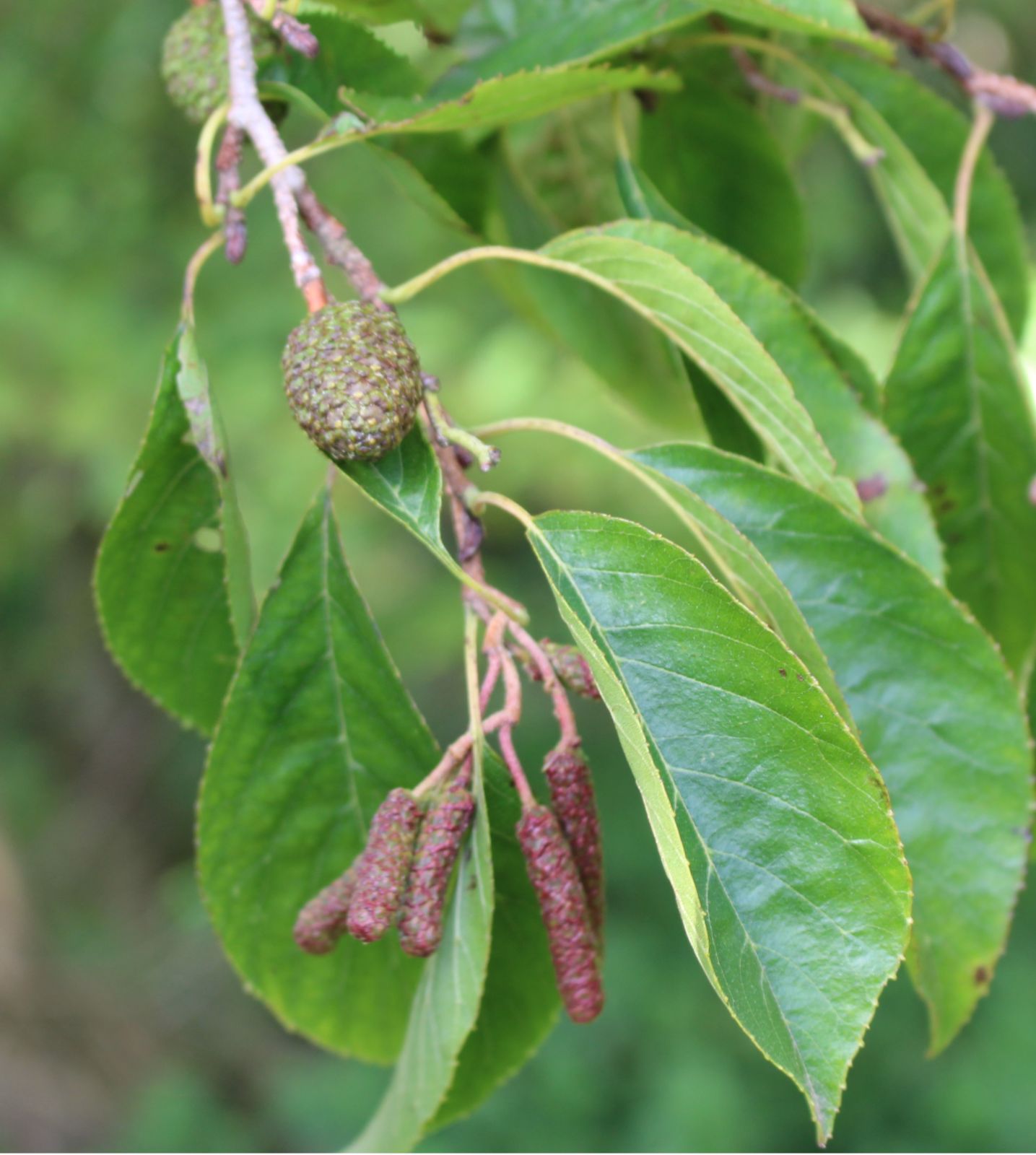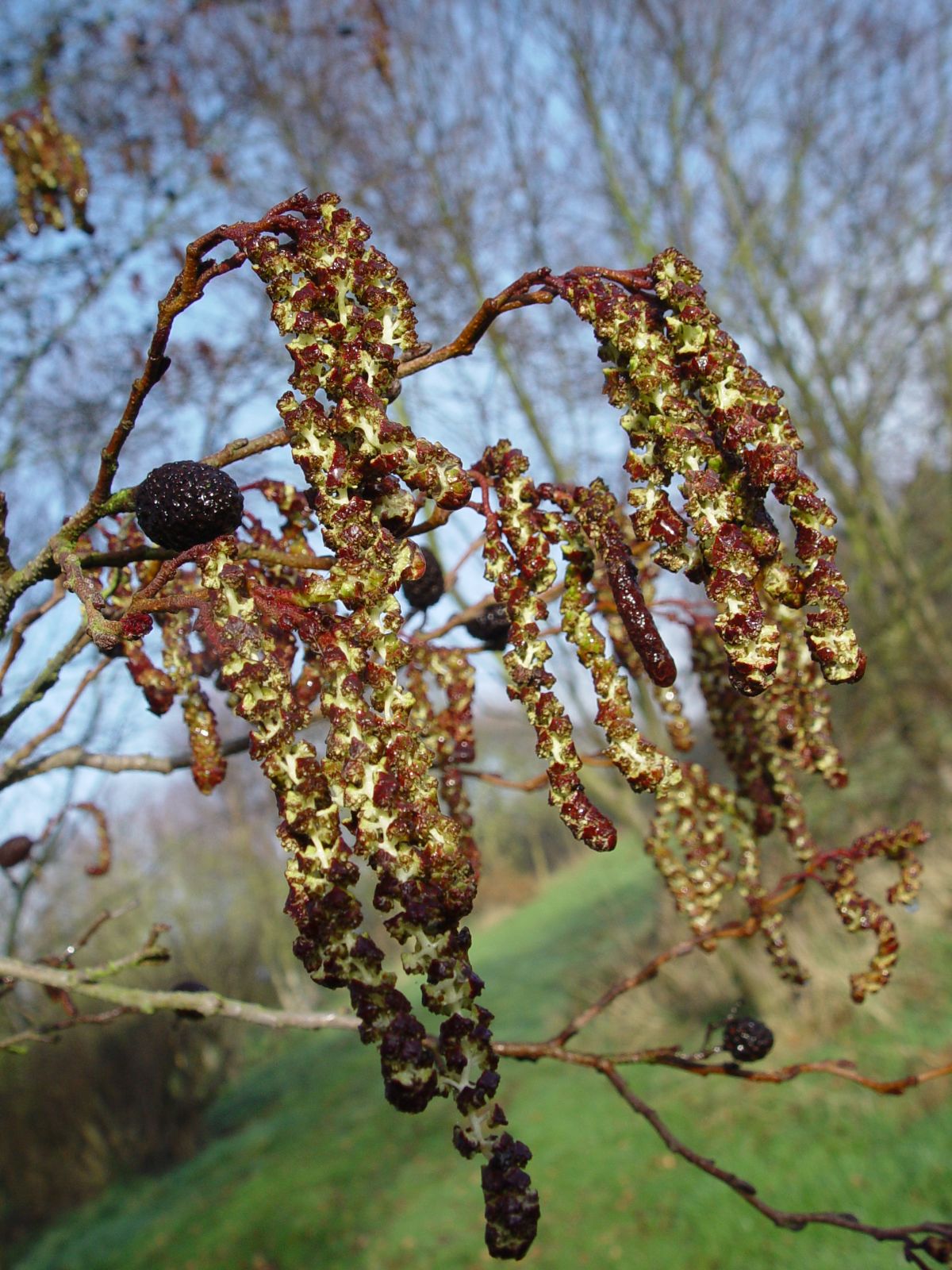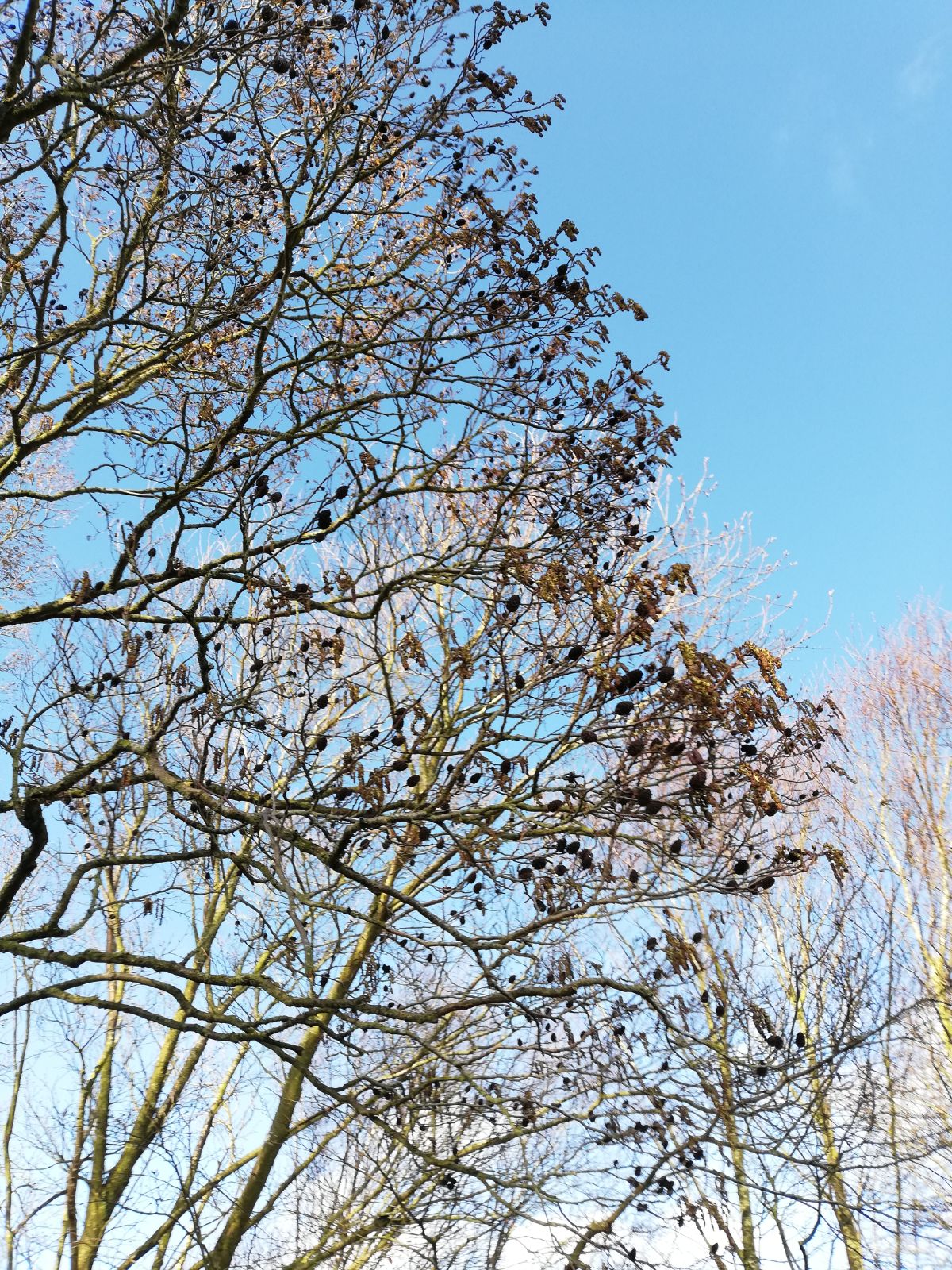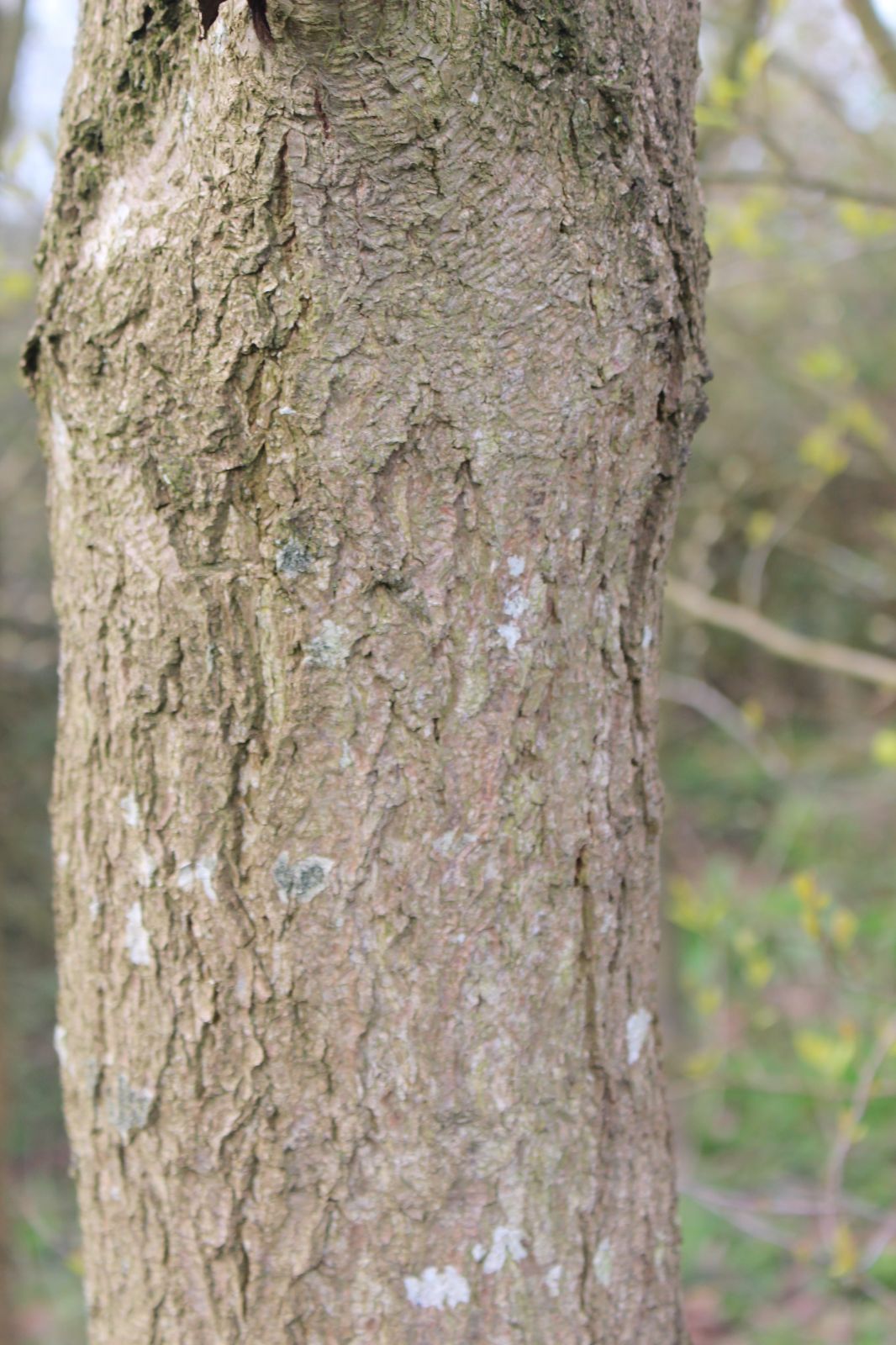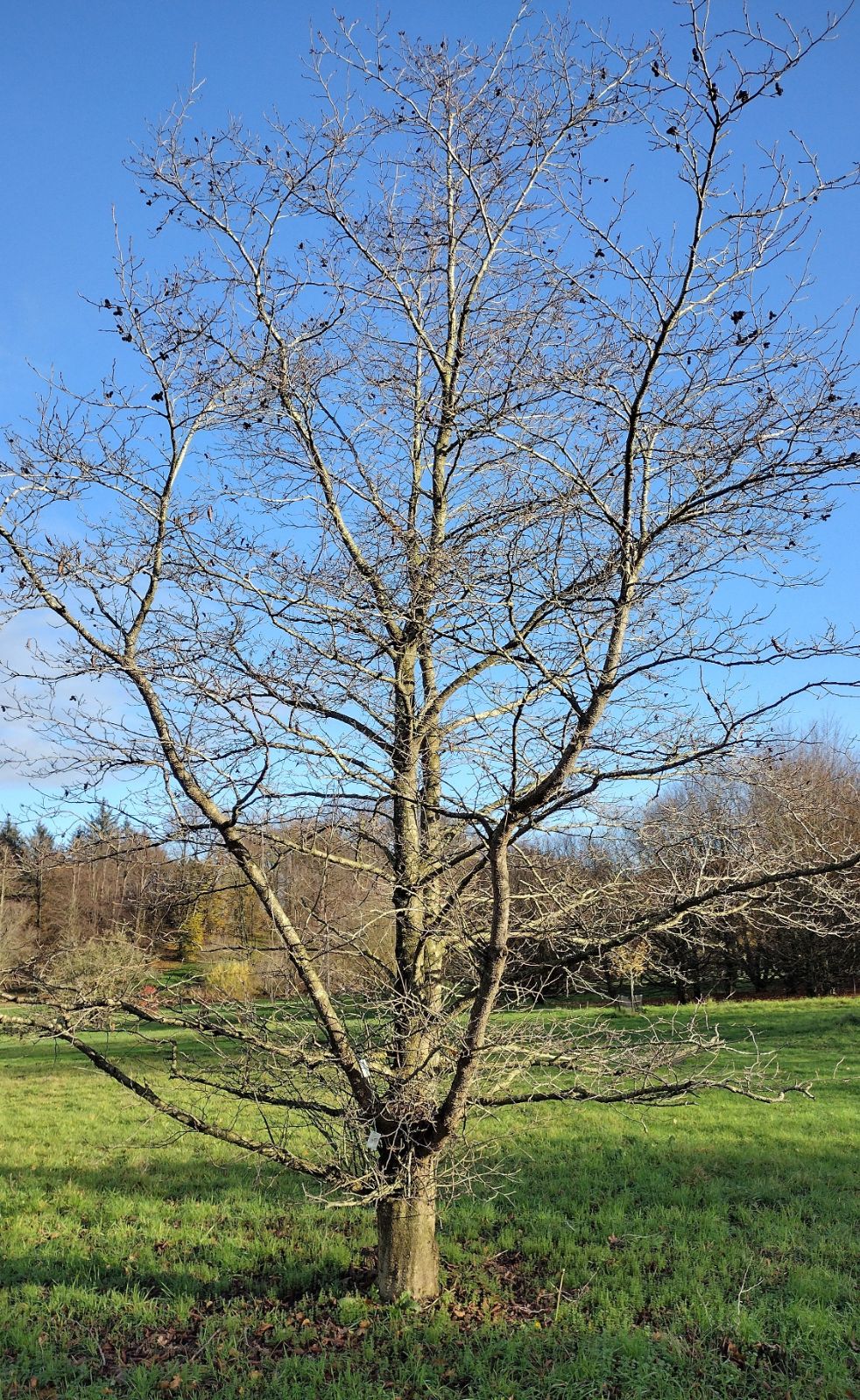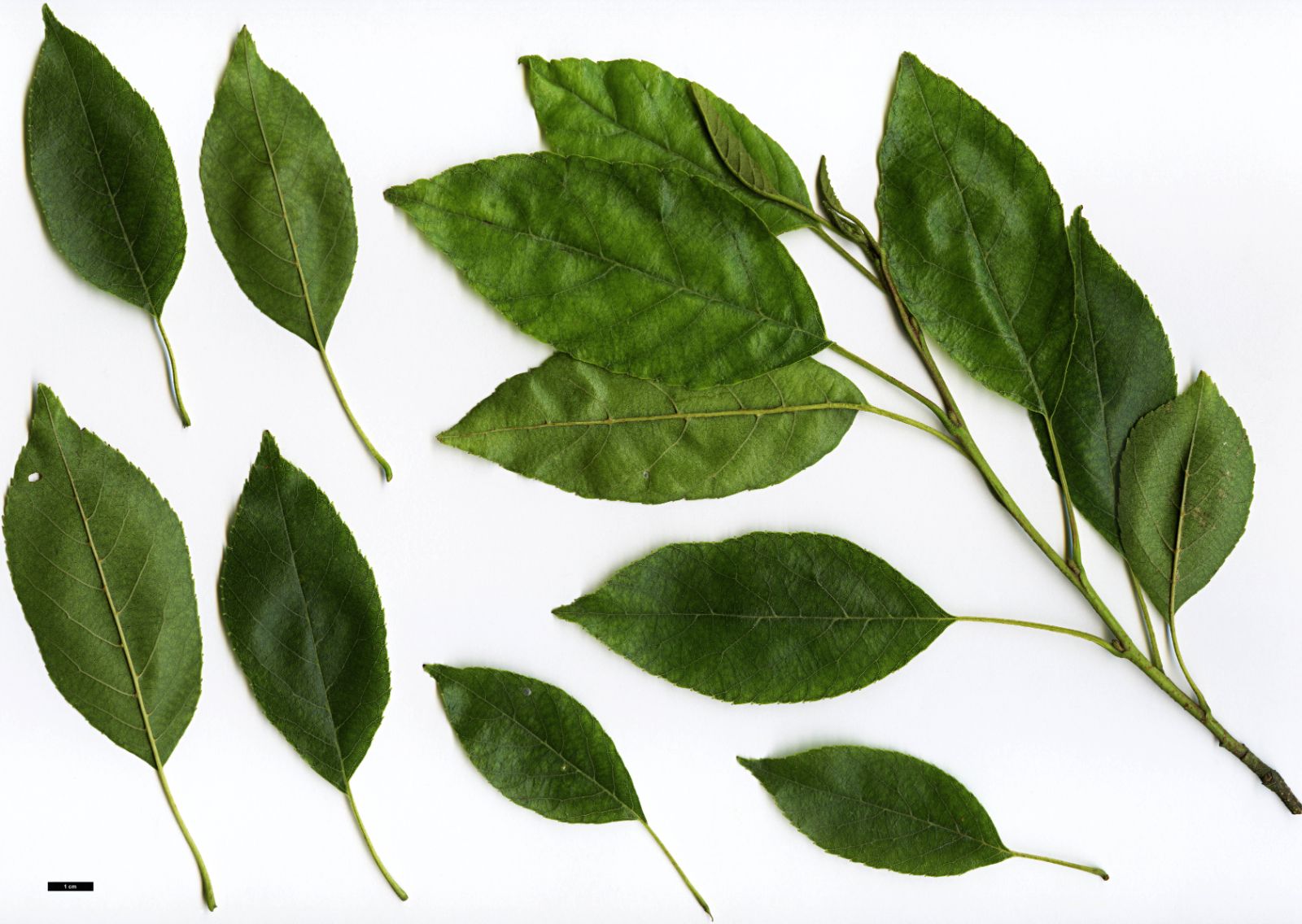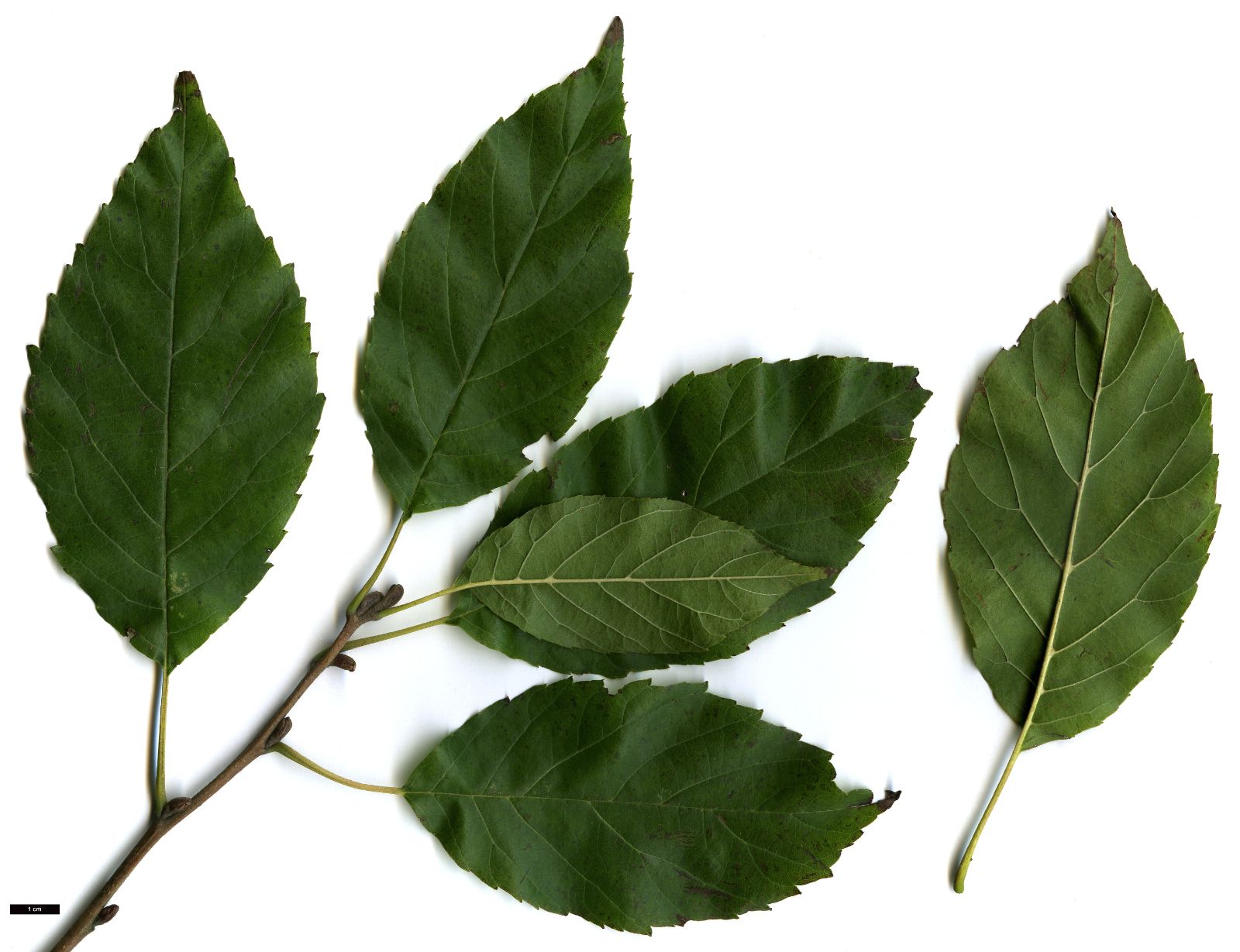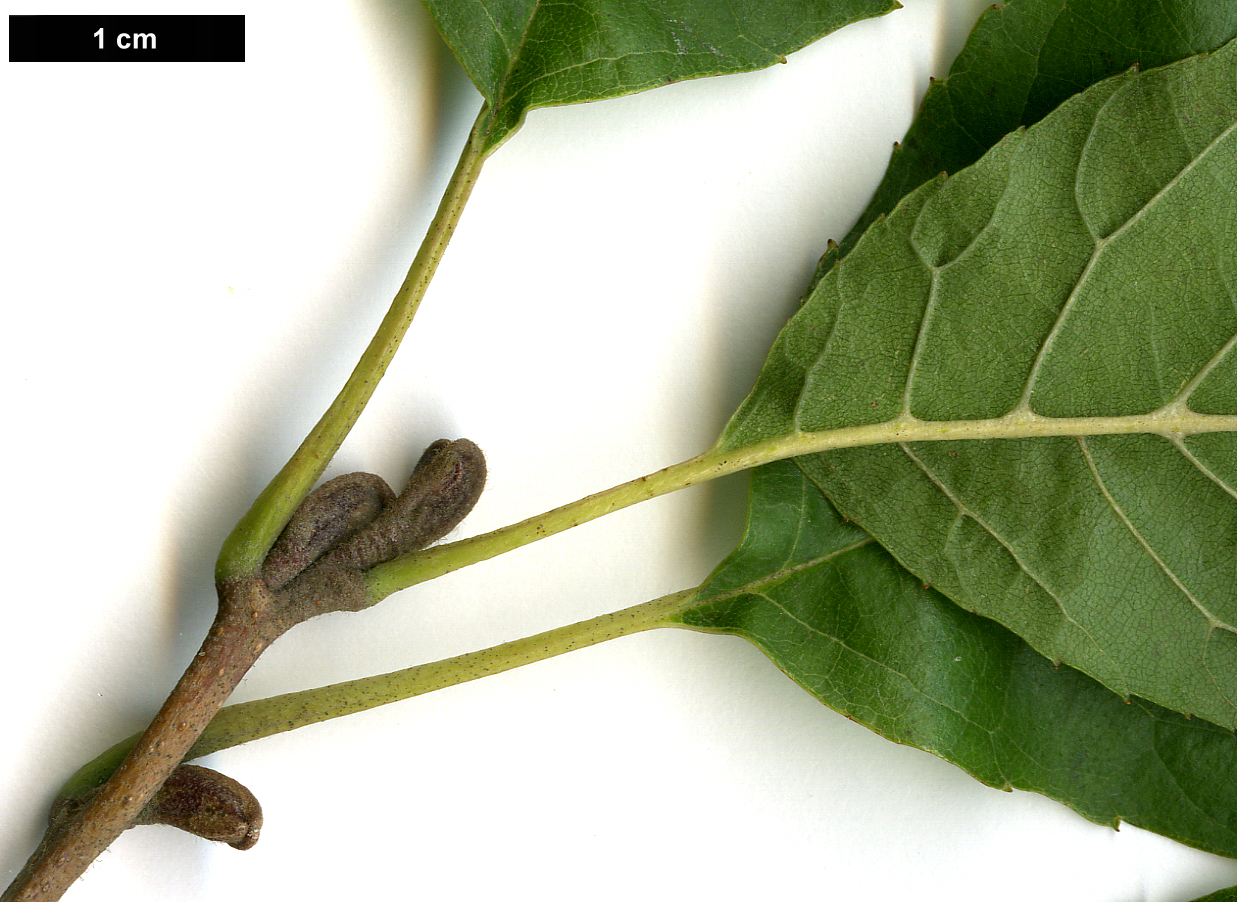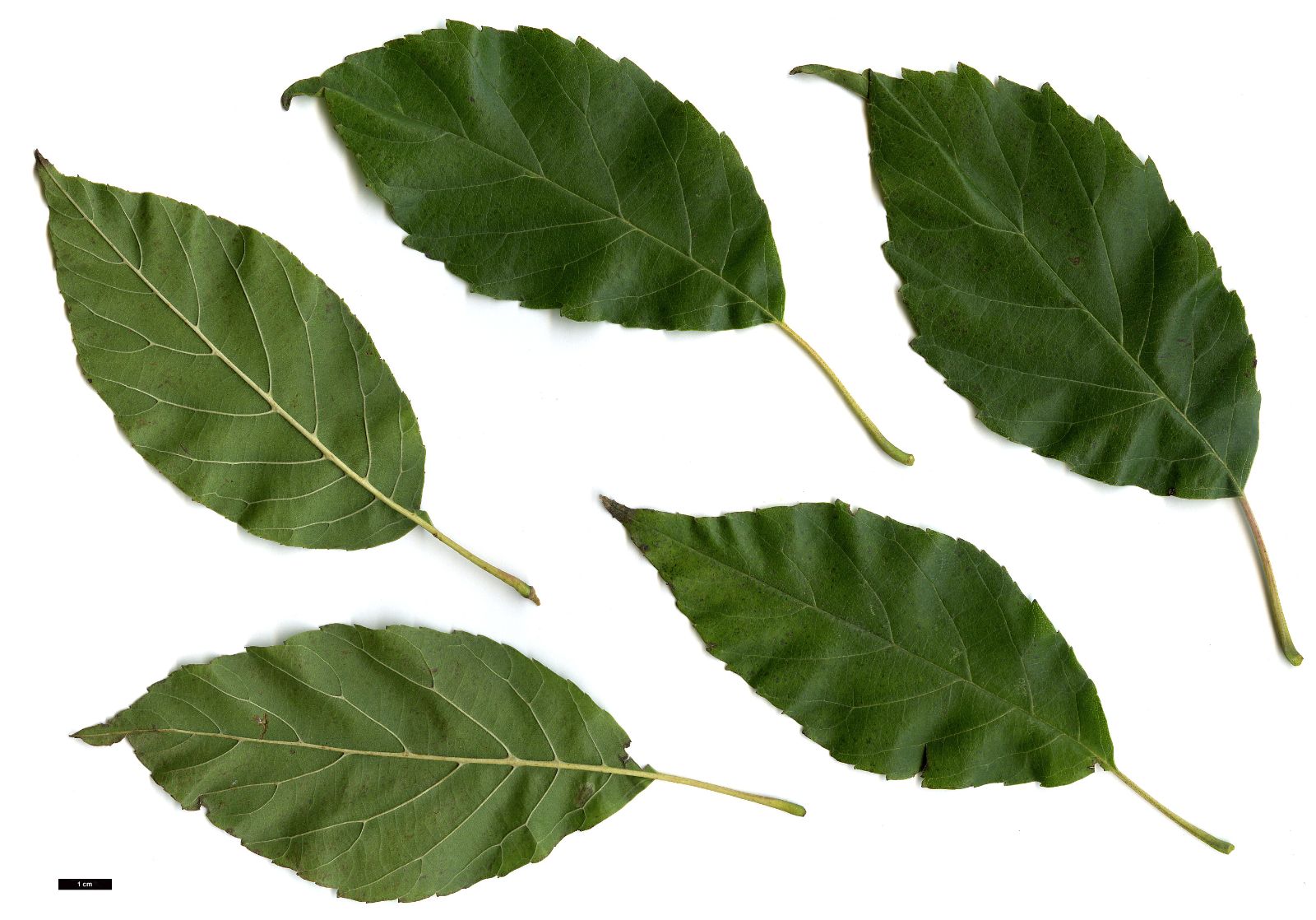Alnus japonica
Sponsor
Kindly sponsored by
a member of the International Dendrology Society
Credits
Tim Baxter & Hugh A. McAllister (2024)
Recommended citation
Baxter, T. & McAllister, H.A. (2024), 'Alnus japonica' from the website Trees and Shrubs Online (treesandshrubsonline.
Genus
- Alnus
- Subgen. Alnus, Sect. Japonicae
Common Names
- Japanese Alder
Synonyms
- Alnus harinoki Siebold
- Alnus maritima var. japonica Regel
- Alnus reginosa Nakai
- Betula japonica Thunb.
Other taxa in genus
- Alnus acuminata
- Alnus alnobetula
- Alnus betulifolia
- Alnus cordata
- Alnus cremastogyne
- Alnus djavanshirii
- Alnus dolichocarpa
- Alnus × elliptica
- Alnus × fallacina
- Alnus fauriei
- Alnus ferdinandi-coburgii
- Alnus firma
- Alnus formosana
- Alnus glutinosa
- Alnus hirsuta
- Alnus incana
- Alnus inokumae
- Alnus jorullensis
- Alnus lanata
- Alnus lusitanica
- Alnus maritima
- Alnus matsumurae
- Alnus × mayrii
- Alnus nepalensis
- Alnus nitida
- Alnus oblongifolia
- Alnus orientalis
- Alnus pendula
- Alnus rhombifolia
- Alnus rohlenae
- Alnus rubra
- Alnus serrulata
- Alnus serrulatoides
- Alnus sieboldiana
- Alnus 'Sipkes'
- Alnus × spaethii
- Alnus subcordata
- Alnus trabeculosa
Deciduous to semi-evergreen tree to 20 m tall. Bark dull grey-brown, smooth to somewhat corky. Branches dark grey or grey-brown, striate, glabrous. Branchlets brown, glabrous or yellow pubescent when young, sometimes prominently resinous glandular. Buds 6–9 × 2–3 mm, stipitate, with 2 glabrous scales, terminal buds with leaves exposed over winter, applanate vernation. Petiole 1–3 cm, thin, sparsely resinous glandular and shortly pubescent. Leaves leathery, obovate or elliptic-obovate on short shoots, obovate-lanceolate on long hoots, 4–14 × 2.2–5 cm, apex mucronate, acute, or, base cuneate (rarely oblique), margin remotely minutely mucronate-serrate, occasional 1–2 teeth between primaries, lateral veins 7–11 on each side of midvein, craspedodromous, sparsely pubescent at first, glabrescent, sometimes resinous glandular and bearded in axils of lateral veins, adaxially glabrous. Staminate inflorescences terminal, 2–5 in sub-erect raceme, purple-brown, narrowly oblong, 20–30 × 5–6 mm in bud, to 80 mm at anthesis. Pistillate inflorescences below males 1–2, ellipsoid, 5–8 × 4 mm. Fruit ovoid, 2–35 × 10–20 mm, bases cordate to cuneate, apex obtuse, peduncle robust 3–8 mm, scales woody, hard and rigid with five even lobes, very resinous. Seed obovate (rarely ovate-elliptic), 2–3 mm, with minute wings, styles divergent. Flowering May-July; fruiting July-August in situ. (Iwatsuki, Boufford & Ohba 2006; Li & Skvortsov 1999).
Distribution China Anhui, Hebei, Henan, Jiangsu, Jilin, Liaoning, Shandong Japan North Korea South Korea Russia Far East Taiwan
Habitat Predominantly lowland wetlands, stream edges and alluvial plains as well as temperate forests in upland and lowland areas from 800–1500 m asl.
USDA Hardiness Zone 4-8
RHS Hardiness Rating H4
Conservation status Least concern (LC)
Alnus japonica is native to an extensive area of eastern Asia. It is most commonly associated with wet soils in lowland areas, but may be found in wet habitats up to 1500 m asl. It will tolerate anaerobic and waterlogged, but not compacted soils, both as young and mature plants, where it produces adventitious roots to cope with prolonged flooding (Yamamoto, Sakata & Terazawa 1995). It is noted as a pioneer light-demanding species but, unusually, will tolerate some shade. It grows into an upright, densely to rather sparsely crowned tree that holds its leaves late into the season, and remains evergreen in southern regions such as Taiwan. It is a useful species in wet areas and is frequently planted to stabilise land and reduce soil erosion, including reforesting old mine sites, and as a shelter crop for coffee. It is an important timber crop with a close-grained wood used for firewood, charcoal, dye making, and carving (CABI 2018). Its seeds are relatively short-lived, and high temperatures are needed to induce germination (Orwa et al. 2009).
Alnus japonica is likely have originated in the Oligocene (Chen & Li 2004) and is very variable across its range. There is ongoing debate as to its placement within the genus and the delineations of the species itself. Historically it was included as a variety of A. maritima but is clearly unrelated. Murai (1964) placed it as the type of Section Japonicae but this is unlikely to reflect its true relationships. Morphologically it is most similar to the sympatric A. trabeculosa, and the two are easily confused. A. japonica is distinguished by its leaves with cuneate bases, 6–10 pairs of side veins and often membranous domatia in vein axils. A. trabeculosa and A. × spaethii (A. japonica × A. subcordata) have leaf bases that are subrounded, subcordate, or broadly cuneate with 10–15 pairs of veins either side of midrib and lacking domatia. Genetically A. japonica appears to be most closely related to the North American A. serrulata (Chen & Li 2004; Ren, Xiang & Chen 2010). Cytologically, A. japonica is variously recorded as diploid, triploid and tetraploid, indicating that more work is needed to resolve identification and phylogenetic relationship issues.
Alnus japonica is relatively common in cultivation in larger gardens, arboreta and botanical collections across our area. It grows into an upright tree that holds its leaves late into the season, with robust upright fruit and purple-black immature male catkins. It appears to be completely hardy, but provenances of similar climate to a gardens’ own are likely to grow best. In the UK, continental origins should be avoided in favour of plants from South Korea or Japan. It is not known when it was first introduced, but plants obtained from Lee’s nursery were recorded fruiting at Kew in 1880 (Bean 1976). The largest plants in the UK can be found at Maurice Mason’s Old Larch Wood garden (20 m tall), Stanage Park (19 m), and at Sir Harold Hillier Gardens (19 m) (Tree Register 2021) with plants also found in collections across North America and Europe.

